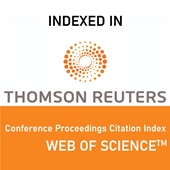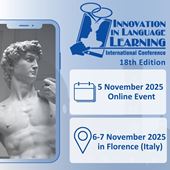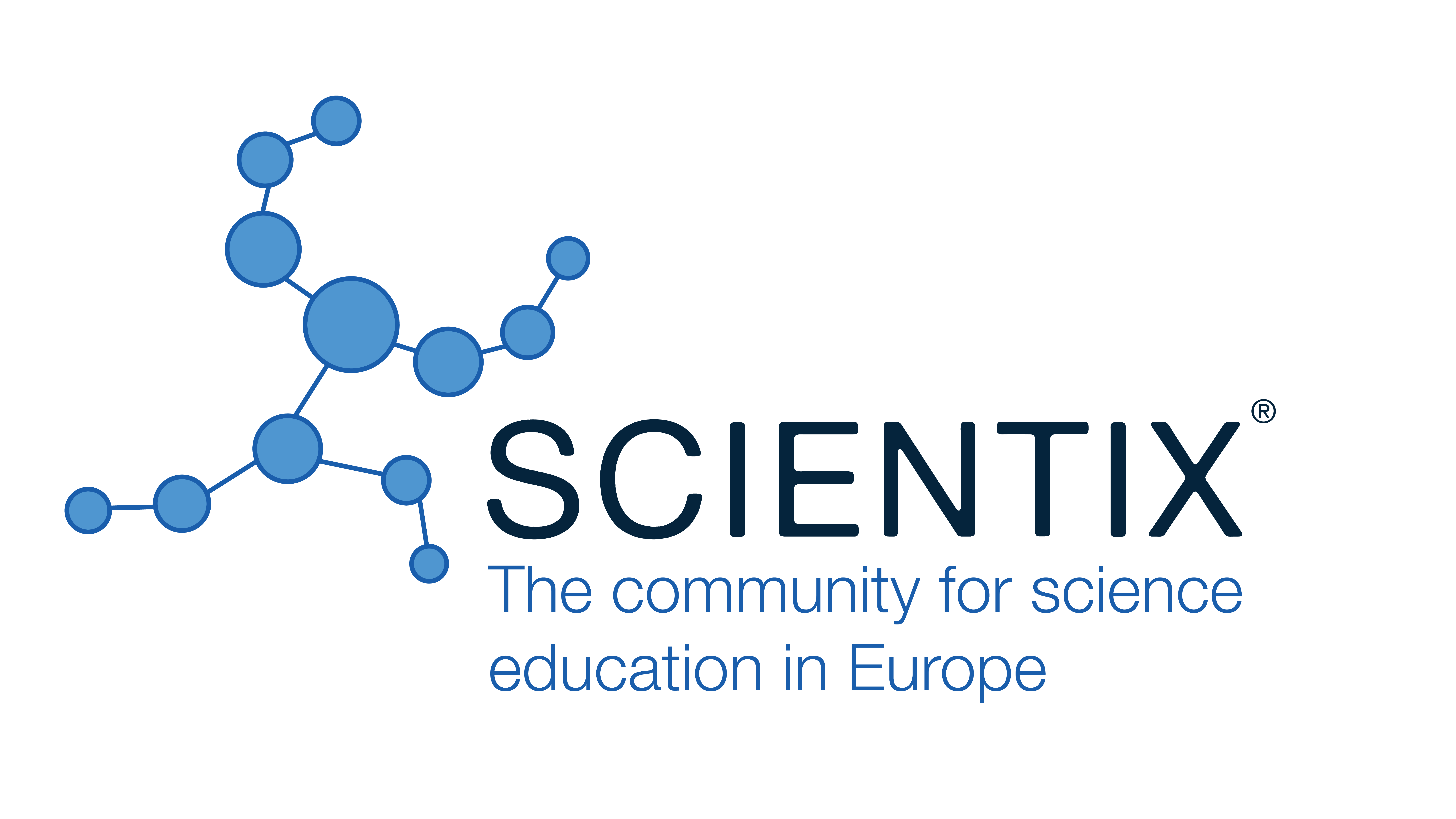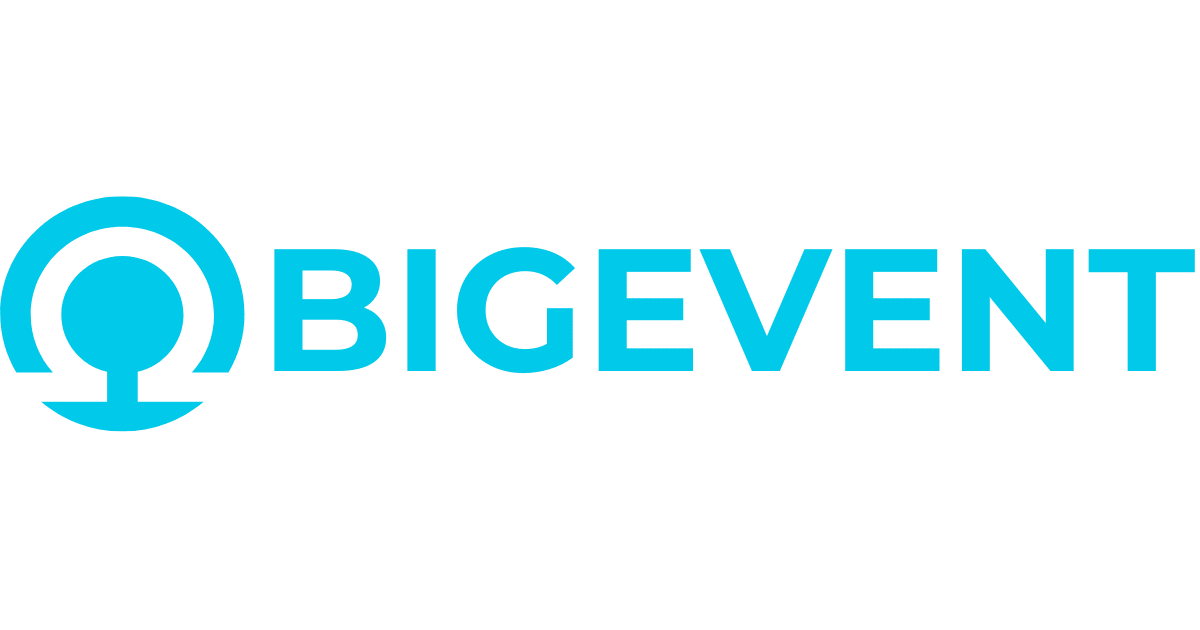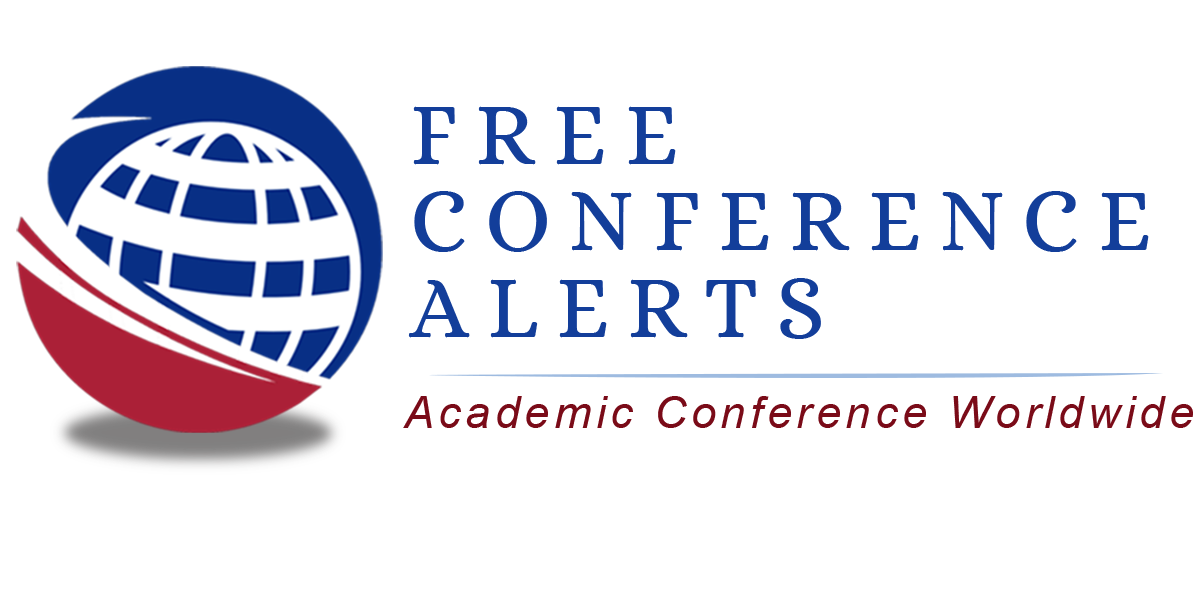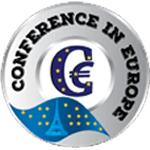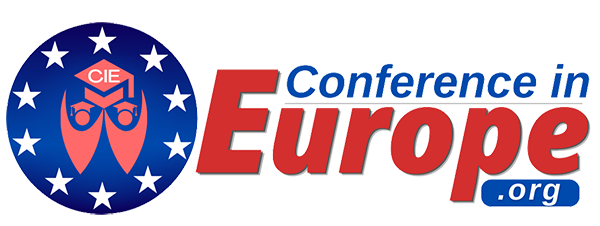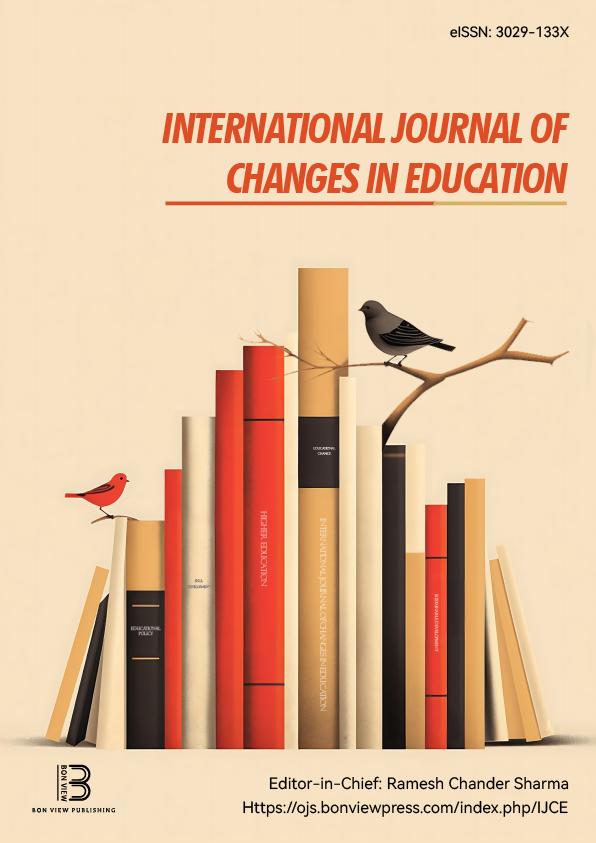Collaborative Action Research and Its Impact on EFL Teacher Professional Development: Longitudinal Research
Kazuyoshi Sato, Nagoya University of Foreign Studies (Japan)
Abstract
How teachers learn to teach in context has been the focus of general educational research for almost a century (e.g., Lortie, 1975; Rosenholtz, 1989; Waller, 1932), and eventually a focus for Teaching English to Speakers of Other Languages (TESOL), English as a Second Language (ESL), and foreign language communities (e.g., Freeman & Johnson, 1998; Kleinsasser, 1993; Sato & Kleinsasser, 2004). This study examined how English as a Foreign Language (EFL) secondary teachers (junior and senior high school teachers) in Japan participated in collaborative action research and engaged in their professional development over four years. In particular, little is known as to how EFL teachers challenge their beliefs and implement innovative practices based on Communicative Language Teaching (CLT) through teacher learning processes. Using a mixed methods design, the study identified three developmental stages regardless of years of teaching experience: (1) Challenging teacher beliefs through TESOL classes and modeling teachers who have done similar action research through trial and error teaching as they practice communicative activities; (2) Making sense of teaching through adapting and modifying theories of CLT; and (3) Building confidence in teaching by actually seeing students change. These stages overlap and are not mutually exclusive, depending on teacher and teaching context. The study reveals teachers’ dynamic learning processes and professional development.
|
Keywords |
collaborative action research, teacher professional development, longitudinal research |
|
REFERENCES |
[1] Freeman, D., & Johnson, K.E. (1998). Reconceptualizing the knowledge base of language teacher education. TESOL Quarterly, 32, 397–417. [2] Kleinsasser, R.C. (1993). A tale of two technical cultures: Foreign language teaching. Teaching and Teacher Education, 9, 373–383. [3] Lortie, D.C. (1975). Schoolteacher. University of Chicago Press. [4] Sato, K., & Kleinsasser, R.C. (2004). Beliefs, practices, and interactions of teachers in Japanese high school English department. Teaching and Teacher Education, 20, 797–816. [5] Rosenholtz, S.J. (1989). Teachers’ workplace. Longman. [6] Waller, W. (1932). The sociology of teaching. New York: John Wiley & Sons, Inc. |
 Innovation in Language Learning
Innovation in Language Learning
